Assamese dishes go way beyond the iconic Khar, offering a variety of flavours that mix tradition and unique tastes.
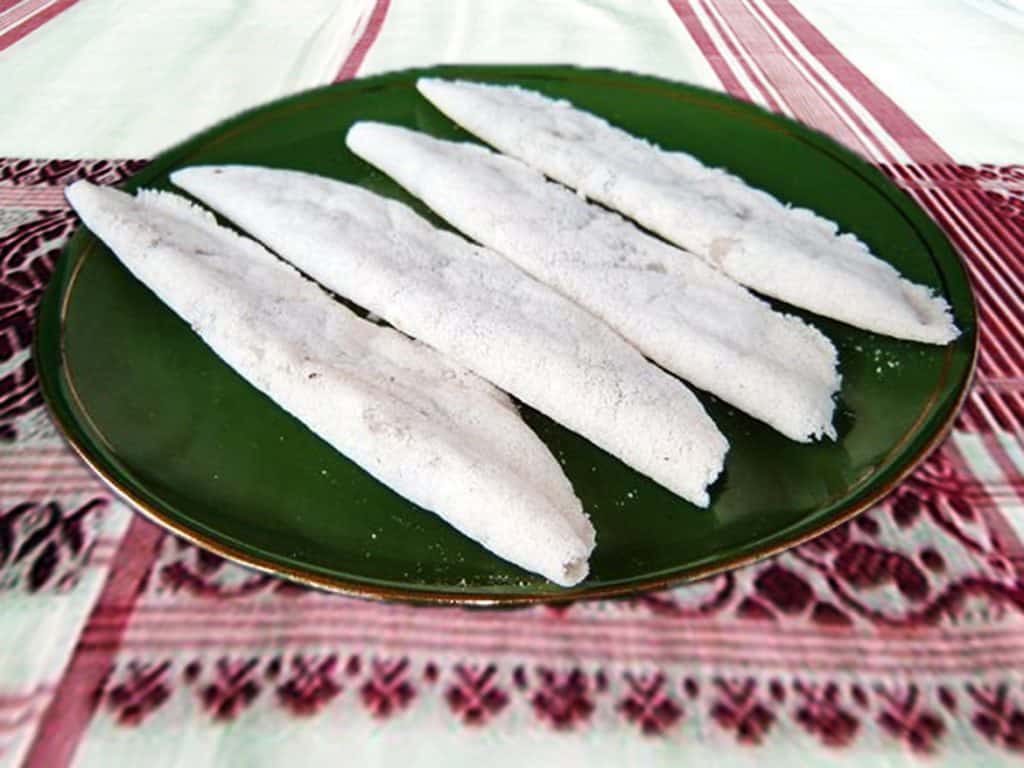
Assamese cuisine has many different meals to try, each with its own special touch. From the tangy fish tenga to the comforting masor jul, and the flavorful duck meat curry, Assamese cuisine brings a delightful array of dishes that reflect the region’s rich cultural heritage and the natural bounty of its land and rivers.
Whether it’s the use of the bamboo shoot, the distinctive fermented flavours, or the aromatic herbs and spices, each dish tells a story of Assamese traditions and culinary expertise.
A typical Assamese meal includes a variety of dishes like bhat (rice) served alongside dal (lentils), masor jhol (fish stew), mangxô (meat stew), and a selection of stir-fried greens, herbs, or vegetables. Two standout features of a traditional Assamese meal are khar (an alkali preparation named after its key ingredient) and tenga (dishes known for their distinctively rich and tangy taste). Additionally, khorika, which is smoked or fire-grilled meat, is often enjoyed as part of the meal.
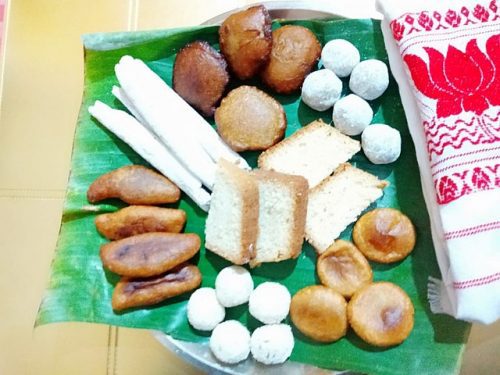
Assamese cuisine is a cooking style that combines the cooking habits of the hill states of the region, which favour fermentation and drying as preservation methods, with those of the plains, which give fresh vegetables and plenty of fish and meat. Assamese cuisine is distinguished by its use of exotic fruits, vegetables, medicinal plants, and a lack of spice. The chosen oil is mustard oil. Rice, commonly known as bhaat, is a staple dish in all meals.
Assamese dishes blend various local traditions with significant regional diversity and some influences from abroad. It shares similarities with the culinary practices of Southeast Asian nations like Thailand and Myanmar. This cuisine is known for its minimal spice usage, limited cooking on the flame, and distinctive tastes primarily from unique local fruits and vegetables, which may be fresh, dried, or fermented.
Explore some of the delectable Assamese dishes given below:
Aloo Pitika
At first look, Assamese and Bengali cuisines seem quite alike, with both emphasizing rice and fish as main ingredients and using similar spices. However, Assamese dishes are generally lighter, yet the flavours are spot-on! Similarly, aloo pitika closely resembles the Bengali aloo bhorta (or aloo seddho). It’s a simple dish requiring minimal ingredients and pairs well with rice and dal for a complete meal. What sets it apart, though, is the distinct punch of mustard oil, giving it a unique aroma and taste.
Aloo Pitika is a trademark Assamese side dish that should be included in every thali. The most popular pitika and side dish in Assam is aloo pitika. This is a deep, comforting dish that is a long-time Assamese favourite. Pitikas, on the other hand, are created with a variety of vegetables, dry fish, boiled eggs, and a little form of fish known as puti mass and are served as side dishes along with other main dishes.
Ouu tenga
Elephant apple, also known as Ouu tenga, is a sour Asian apple that is used in Indian curries, jams, pickles, and jellies. In other parts of the world, it’s used to produce chutneys with coconut and spices. It also has a variety of health benefits, therefore during the summer, you’ll find elephant apples being cooked in almost every Assamese household. For comfort, Assamese people usually cook a light applewood gravy with local fish.
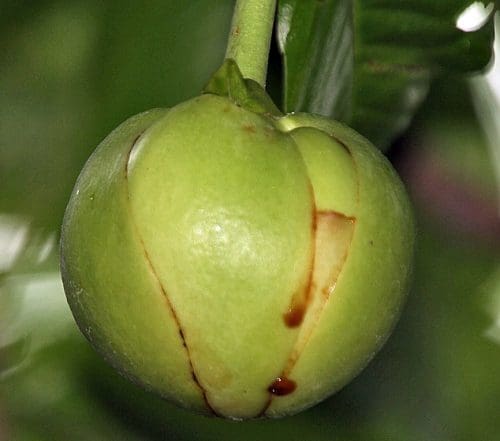
Image Credit: I, J.M.Garg, CC BY-SA 3.0 via Wikimedia Commons
Hanhor Mangxo Komora
This is duck meat with ash gourd. This dish is traditionally regarded as a delicacy prepared and served on rare occasions such as Bihu, feasts, or for special guests. The optimum time to eat duck meat in Assam is from Kaati Maah (late October) to Bohag (early November) (Early April). Even now, this meal is an important part of every celebration or celebration. Serve with steaming plain rice (bhat), arahar daal, and lemon on the side (kaaji nemu).
Traditionally viewed as a delicacy, this dish is prepared and served during special occasions such as Bihu, feasts, or for honoured guests. Today, it remains a fundamental component of celebrations and festive events.
Masor Tenga
Masor Tenga is one of Assamese cuisine’s most popular dishes and is one of the most important dishes of the region. It’s a tangy fish curry with a hint of sourness. The meal has a distinct acidic flavour that is reminiscent of fried fish. It only requires a few ingredients and spices, and it takes very little time to prepare. This fish curry is a crowd-pleaser and a must-have on any Assamese meal. It’s finest served with steamed rice.
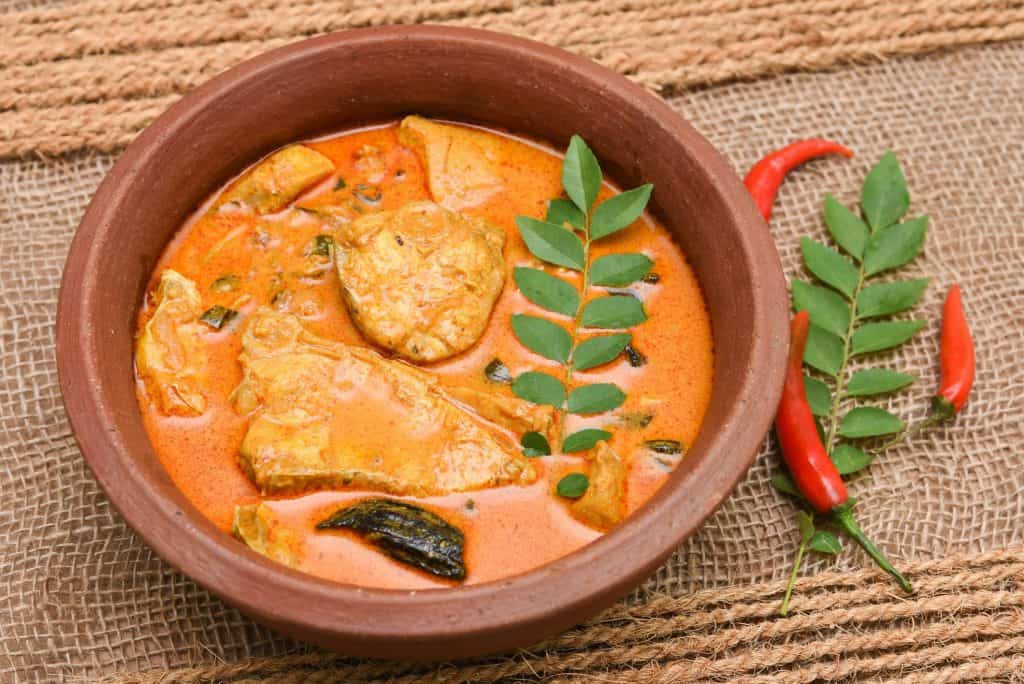
Image Credit: kamranAydino
Xaak Aru Bhaji
It is an edible fern that is popular among the Assamese in Northeast India. It grows naturally along river banks, ponds, and village streets. This plant vegetable is full of beneficial nutrients and is a classic food item in the Northeastern diet. It can be prepared in a variety of ways, including curries, salads, and dry vegetable fry. However, it should not be consumed raw as it can cause food poisoning. Served as a side dish, it’s usually fried with little potatoes.
Sunga Chicken
Bamboo has been an important element of Assamese culture for a long time, mostly due to its availability. It has several purposes, such as a building material, food, and in this example, as a utensil for cooking chicken. In Assamese, sunga refers to a hollow cylinder, in this case, the bamboo stem’s hollow cavity.
Bamboo is a key element in Assamese cuisine and is known as khorisa (fermented bamboo shoots). It is often added to curries for flavour. These bamboo shoots can also be pickled for preservation. Ingredients like koldil (banana flower) and squash frequently appear in Assamese culinary creations. The distinctiveness of these dishes lies in their preparation methods. For instance, minced and marinated chicken is stuffed into a bamboo hollow before being served, showcasing a unique approach to cooking.
Masor Tenga Assamese dishes
Image Credit: kamranAydino
Jute leaves fritters
Jute is a vitamin and fibre-rich edible leafy vegetable. Mora xaak is the Assamese word for jute. In Assam, there are two different types of jute leaves. Titamora is one that has a little bitter flavour. Mithamora is the other one that is not bitter. Any variety of jute leaves can be used for making fritters. Serve immediately.
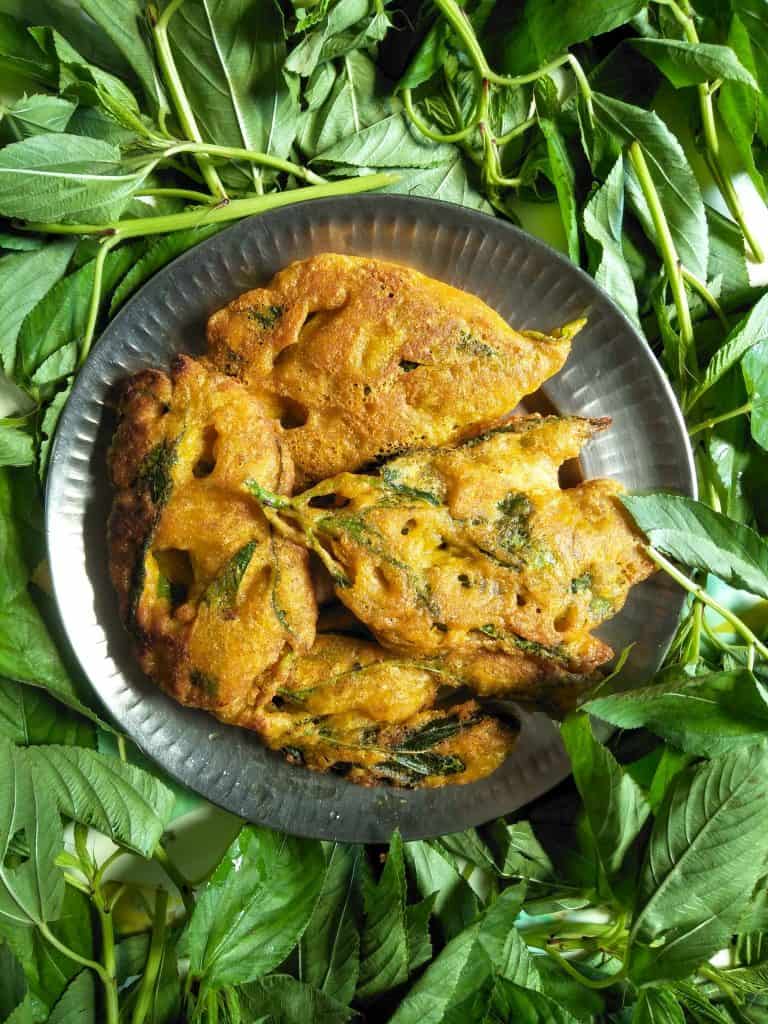
Til Pitha
The Assamese Bihu Platter is incomplete without Til Pitha. It’s just rice flour rolls with jaggery and ground black sesame seed filling. Even though it appears to be an easy task, perfecting the til pitha takes time and effort. When served with a cup of Assam Tea or flattened rice, fresh cream, yoghurt, and jaggery, it’s at its best.
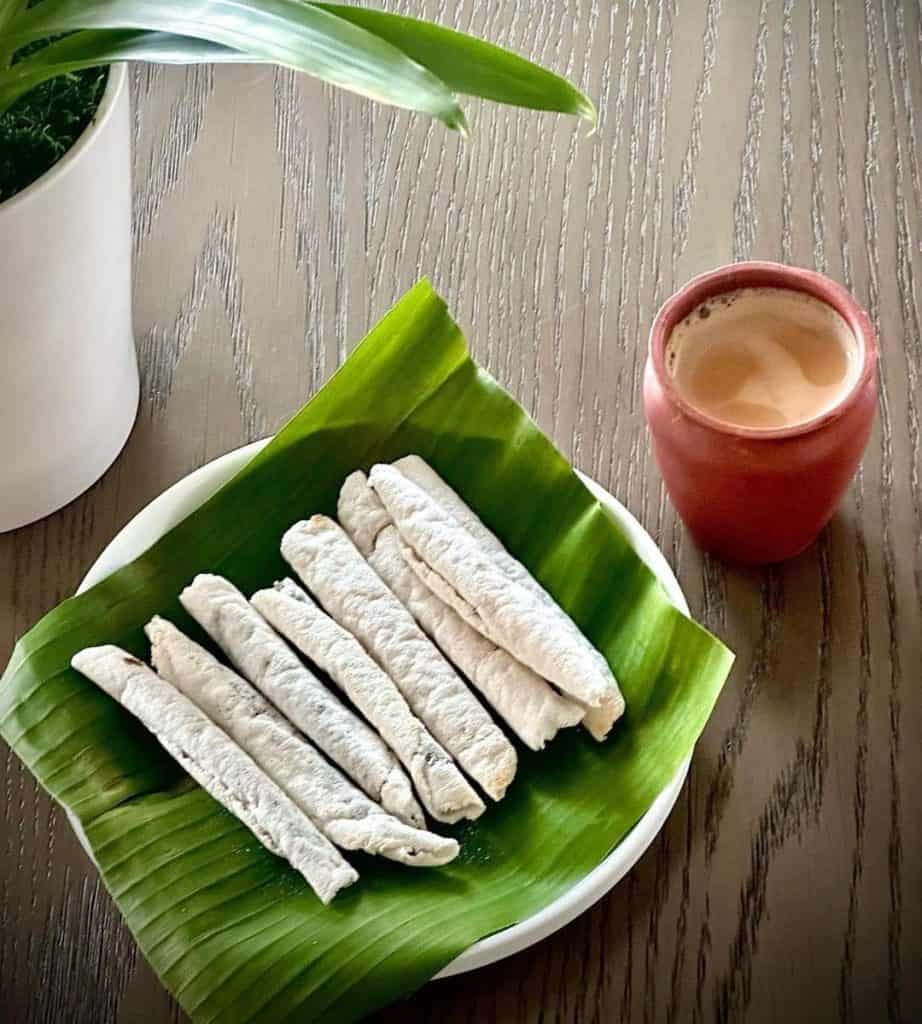
Narikol Pitha
Narikol Pitha is a North Eastern delicacy made with Assamese sweetened coconut fried pita. This recipe is made during festive celebrations, where grated fresh coconut is combined with sugar and caramelized, then blended with flour and milk before being deep-fried to create this dish. Your kids will love these Narikol Pitha as an after-school snack. It can be served as a dessert after dinner or as a tea-time snack in the evening.
Komolar Kheer
This is a traditional and popular Assamese delicacy with a unique but enticing flavour. It’s simple to make and ideal for serving at special occasions or festivals. It’s simple to make and ideal for serving at special occasions or festivals. After a light lunch of Pav Bhaji or Dal Pakwan, serve Assamese Komolar Kheer as a dessert.
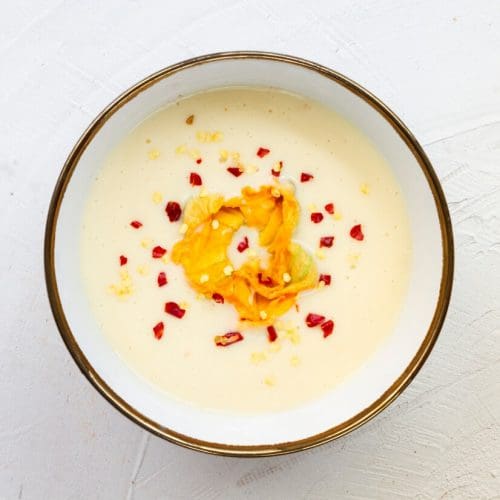
Image Credit: Freepik
From the iconic Aloo Pitika to the tangy Masor Tenga and the exotic Sunga Chicken, each dish reflects the unique agricultural and cultural heritage of Assam. This rich culinary tradition, reflecting both local and Southeast Asian influences, offers a palette of flavours that are as diverse as they are delectable, inviting explorers to delve into its array of distinctive dishes.
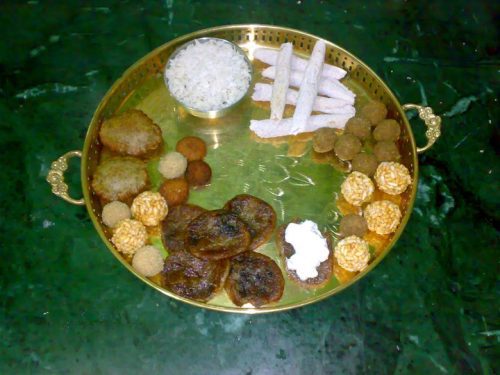
Each recipe, whether for festive occasions or everyday meals, tells a story of cultural heritage and local flavours, blending traditional techniques with fresh, local ingredients. With a variety of Assamese dishes ranging from tangy fish tenga to rich duck curry and the comforting masor jul, there’s something for everyone to enjoy.
Each dish not only showcases the natural abundance of Assam’s land and water but also reflects the deep cultural heritage and culinary traditions of the region. Whether you’re a fan of spicy, tangy, or savoury flavours, exploring Assamese cuisine is a journey through a lively culinary landscape, filled with aromatic spices, fresh herbs, and unique ingredients.
Through its simple yet flavourful dishes, Assamese dishes invite us to explore the depth and richness of its culinary traditions, making it a vital part of any celebration or festivity.
Read more: Latest



